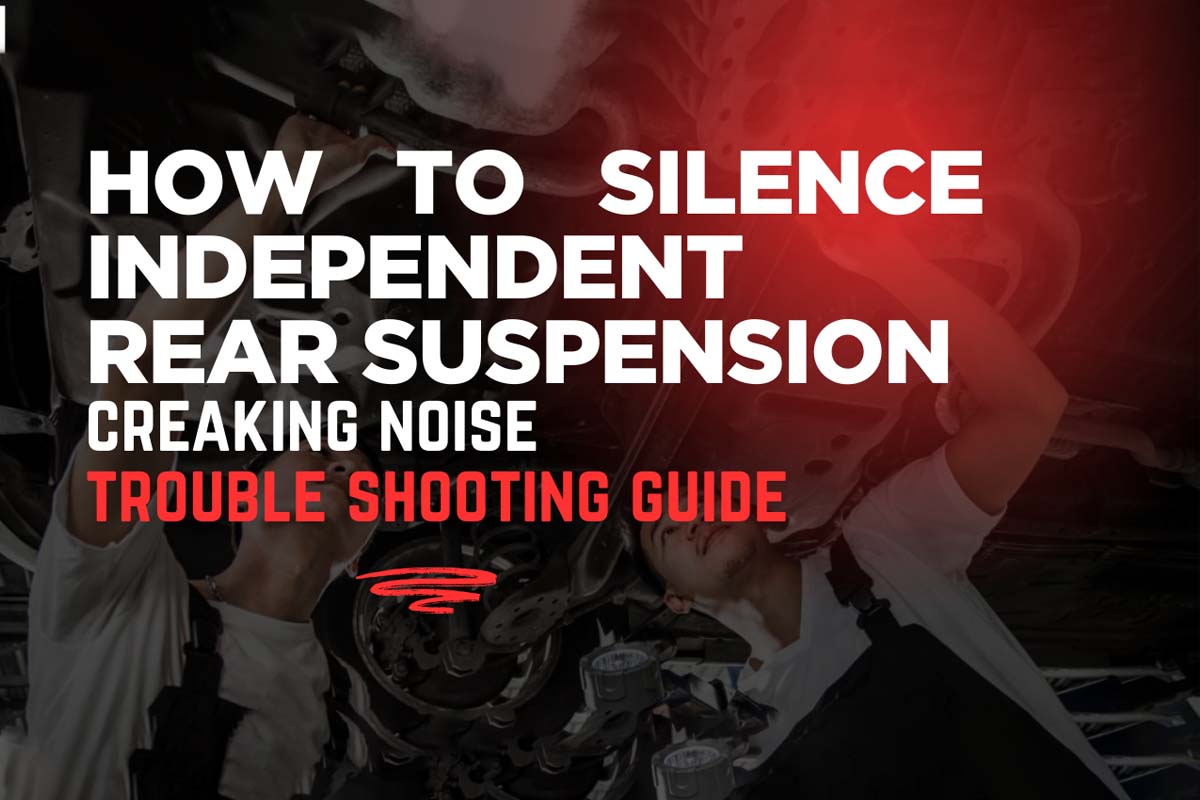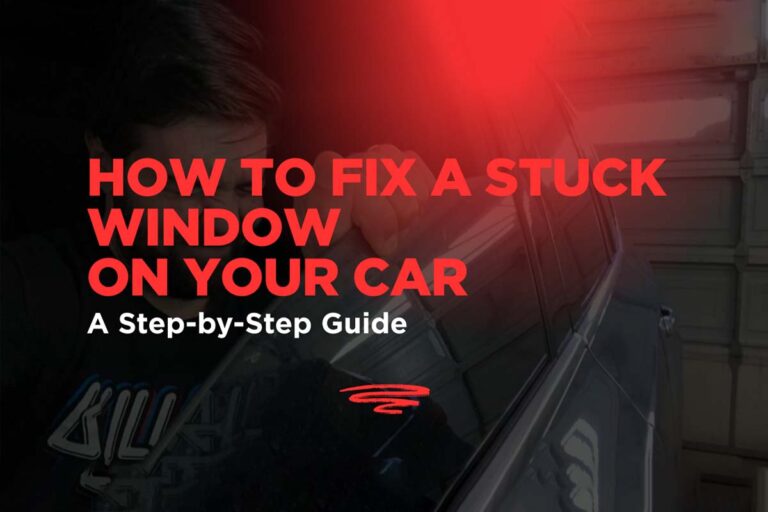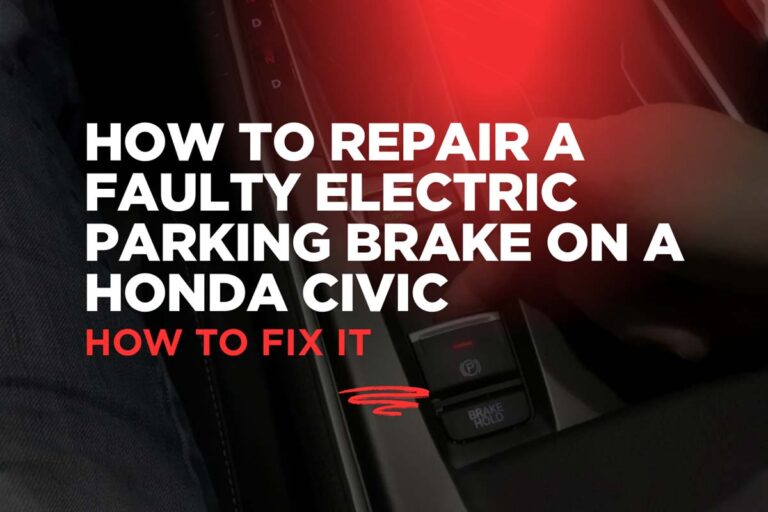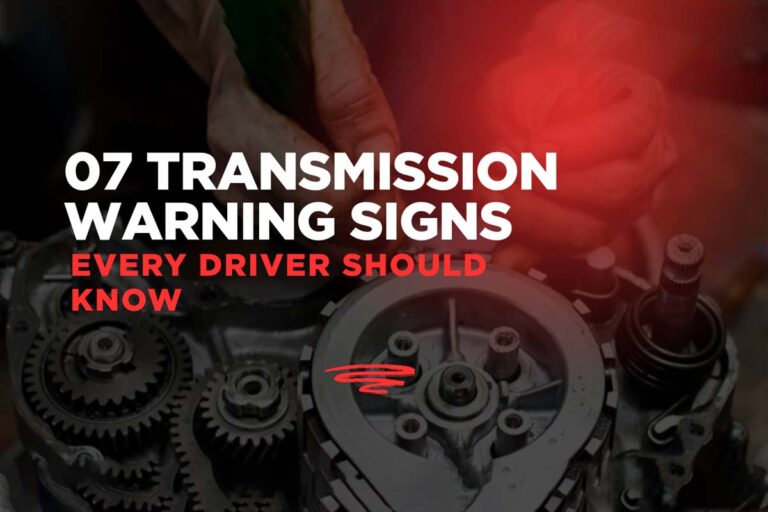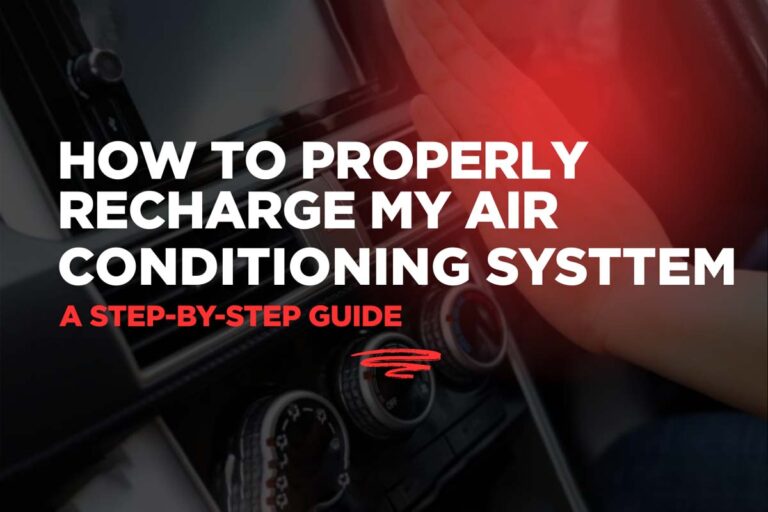Troubleshooting Guide: How to Silence Independent Rear Suspension Creaking Noise
When you're driving and everything else seems to be in order, it can be quite annoying to hear a creaking sound coming from the back of your car. Actually, this kind of noise is rather typical and is typically caused by the suspension components loosening, drying out, or wearing out over time. A common feature of modern cars is an independent rear suspension, which improves control and provides a smoother ride. However, if something isn't functioning properly, it may occasionally make noise because it has more moving parts than older setups. A slight creak may not seem like much, but it should be fixed as soon as possible. Ignoring it could worsen the issue, increase the cost of future repairs, or even compromise your driving safety. We'll demonstrate how to identify the source and permanently eliminate that creaking sound in this guide.
What is an Independent Rear Suspension?
An independent rear suspension (IRS) is a system in a vehicle where each rear wheel can move up and down on its own, without being connected directly to the other wheel. This is different from older suspension systems, where both wheels were linked and moved together. Because the wheels move independently, IRS helps the car handle bumps and uneven roads more smoothly.
Most modern vehicles use independent suspension in the front, and many now use it in the rear too. This type of setup gives better ride comfort, improved handling, and more control, especially when turning or driving on rough surfaces.
Although IRS is more complex and can cost more to design and build, it reduces what’s called “unsprung weight,” which helps the wheels respond better to the road. This system often uses parts like struts, arms, and joints to allow smooth, flexible motion while keeping the ride quiet and stable.

Common Causes of Creaking in Independent Rear Suspension
Rubber Bushings
These are soft rubber pieces that hold suspension parts in place. If they dry out or get old, they can make squeaky or creaky noises.
Ball Joints
Ball joints help the suspension move smoothly. When they get worn out, they can creak, especially when you turn the steering wheel.
Shock Absorbers
These help your car stay smooth over bumps. If they leak oil or stop working, they can cause creaking sounds.
Springs
Springs support your car and absorb bumps. If they’re old or damaged, they might creak when they move up and down.
Lack of Lubrication
If metal parts don’t have enough oil or grease, they rub together and make creaking noises.
Stabilizer Bar Links (Sway Bar Links)
These parts help your car stay stable while turning. If they’re worn out, they can make noise during turns.
Other Problems
Sometimes loose parts, a bent piece, or something stuck near the wheels can also cause creaks.
How Do You Fix a Creaking Suspension?
To fix a creaking suspension, the first step is to inspect the suspension components carefully. Check parts like the rubber bushings, ball joints, shock absorbers, and springs. Over time, bushings can dry out or crack, ball joints can wear down, and shock absorbers can leak oil. These worn-out parts are often the source of creaking noises. If you notice any damaged or worn components, they will need to be replaced to restore proper function and eliminate the noise.
Next, ensure that all moving suspension parts are properly lubricated. Lack of lubrication between metal parts is a common cause of creaking. Apply grease or oil to areas where metal parts touch each other, such as the ball joints, tie rods, and other suspension connections. This will reduce friction and help the parts move smoothly, eliminating creaks.
In addition, check if any bolts, nuts, or fasteners have come loose. Suspension components rely on tight connections, and loose bolts can cause unwanted movement and noise. Tightening these bolts to the manufacturer’s recommended torque settings can often stop creaking.
If the creaking persists, it’s a good idea to replace worn-out components like the ball joints, bushings, or shock absorbers. These parts wear down over time and can’t always be fixed with lubrication. Replacing them ensures that the suspension works as it should and prevents further creaking or other issues like poor handling or instability.
Also, don’t forget to inspect the stabilizer bar links (sway bar links). These links help keep the car stable while turning, and if they’re worn out, they can cause creaking. Replacing them can also help eliminate the noise.
Sometimes, dirt, debris, or even rust can build up in the suspension system, causing friction and creaking. Cleaning the suspension parts thoroughly can often help. You can use a pressure washer or spray cleaner to remove debris from suspension components, being careful not to damage them in the process.
If after doing all this, the creaking continues or you’re unsure about any of the repairs, it’s a good idea to take your car to a professional mechanic. They can provide a detailed inspection and repair any complex issues that might require advanced tools or knowledge.
By following these steps, you can usually eliminate creaking in your suspension and enjoy a smoother, quieter ride.
How Can You Tell If Your Suspension is Bad
If your suspension is bad, you might notice a few things. The ride could feel rough, and you might hear strange noises like creaks or clunks when going over bumps. Your tires could wear unevenly, or the car might pull to one side. Steering might feel loose or hard to control. You could also see fluid leaking from the shock absorbers or notice the car dipping when you brake. If the car bounces too much when you press down on it, the suspension may be worn out. If any of this happens, it’s a good idea to have your suspension checked by a mechanic.
Conclusion
In conclusion, fixing a creaking suspension involves checking for worn parts like bushings, ball joints, and shock absorbers, lubricating metal parts, and tightening any loose bolts. Regular inspections are essential to catch problems early and ensure a smooth ride. Remember, don’t ignore that creak—your car is trying to tell you something! Taking care of your suspension can save you money in the long run and keep you safe on the road.
